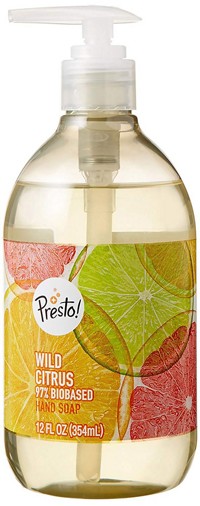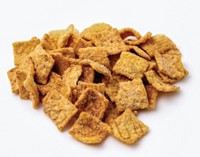Advertisement
Grab your lab coat. Let's get started
Welcome!
Welcome!
Create an account below to get 6 C&EN articles per month, receive newsletters and more - all free.
It seems this is your first time logging in online. Please enter the following information to continue.
As an ACS member you automatically get access to this site. All we need is few more details to create your reading experience.
Not you? Sign in with a different account.
Not you? Sign in with a different account.
ERROR 1
ERROR 1
ERROR 2
ERROR 2
ERROR 2
ERROR 2
ERROR 2
Password and Confirm password must match.
If you have an ACS member number, please enter it here so we can link this account to your membership. (optional)
ERROR 2
ACS values your privacy. By submitting your information, you are gaining access to C&EN and subscribing to our weekly newsletter. We use the information you provide to make your reading experience better, and we will never sell your data to third party members.
Business
Food Ingredient Tussle?
Sandwich chain Subway reacts to Internet campaign aimed at removing additive
by Melody M. Bomgardner
February 14, 2014
| A version of this story appeared in
Volume 92, Issue 7
An online campaign asking Subway restaurants to stop using a common bread ingredient—azodicarbonamide—demonstrates the power of the Internet to draw negative attention to food additives.
Vani Hari, a blogger known as Food Babe, launched an online petition on Feb. 4, asking Subway to stop using azodicarbonamide, a bread conditioner that makes dough elastic. She characterized it as “the same chemical used to make yoga mats and shoe rubber” and said it has been linked to human health concerns. She pointed out that the additive is not allowed in foods in Europe and Australia.
Other food companies have found themselves confronted with petitions asking them to discontinue using ingredients. Last year, PepsiCo said it would stop using brominated vegetable oil in Gatorade beverages. And Kraft Foods stopped using the dye Yellow No. 5 in foods marketed to children as a result of a Food Babe campaign.
A media storm followed Food Babe’s posting about azodicarbonamide, prompting Subway—known for its “Eat fresh” slogan—to state that it was planning to phase out the additive and that other companies would likely do the same. But there is little evidence for that. McDonald’s, for example, released a statement defending the ingredient.
Azodicarbonamide is, in fact, used as a blowing agent in the manufacturing of foamed plastics. But it has also been used in bread since the 1960s and is generally recognized as safe by the Food & Drug Administration.





Join the conversation
Contact the reporter
Submit a Letter to the Editor for publication
Engage with us on Twitter